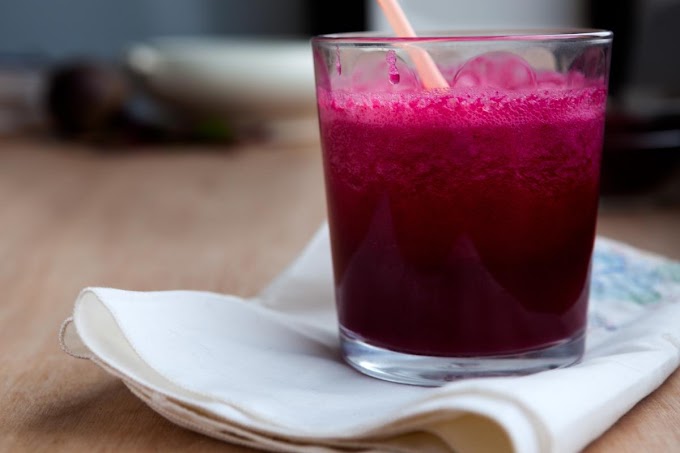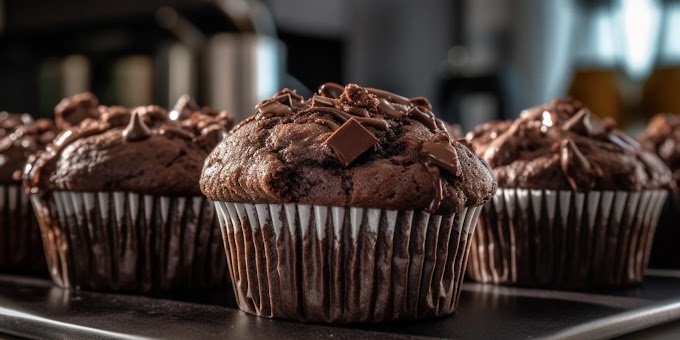Creating homemade white chocolate can be a delightful and rewarding process. White chocolate is distinct from regular milk or dark chocolate because it contains cocoa butter but lacks cocoa solids, giving it a creamy, sweet taste rather than a traditional chocolate flavor. Let’s dive into the art of making white chocolate at home, with tips to customize and enhance its flavor to suit your personal taste.
How to Make White Chocolate at Home
Ingredients:
Before getting started, gather the following basic ingredients to make about 200 grams (7 ounces) of white chocolate:
1 cup (200 grams) of cocoa butter: Look for high-quality cocoa butter, preferably food-grade and organic, to ensure smoothness and richness.
1 cup (125 grams) of powdered sugar: Powdered sugar is easier to incorporate than granulated sugar, making your chocolate smoother.
1 cup (125 grams) of powdered milk: Choose a non-fat or whole milk powder for added creaminess and a traditional white chocolate texture.
1 teaspoon of vanilla extract (optional): This is optional but adds a delightful depth of flavor.
A pinch of salt: Enhances the sweetness and brings out the cocoa butter’s natural flavor.
Equipment:
Double boiler (or a heatproof bowl and saucepan)
Silicone molds (optional, but great for shaping the chocolate)
Spatula
Step-by-Step Instructions
Prepare the Cocoa Butter:
Start by melting the cocoa butter. The double-boiler method is best for this as it provides gentle heat and prevents the cocoa butter from burning. Fill a saucepan with about an inch of water, then place a heatproof bowl (such as a glass or metal bowl) on top of the saucepan, ensuring the bottom of the bowl doesn’t touch the water.
Add the cocoa butter to the bowl and let it melt slowly over medium-low heat. Stir occasionally with a spatula to ensure even melting. It should take around 5-7 minutes.
Incorporate the Dry Ingredients:
Once the cocoa butter is fully melted and smooth, add the powdered sugar and milk powder gradually. Sift these ingredients to prevent lumps from forming in your chocolate mixture.
Stir constantly to blend the ingredients smoothly. If using a whisk, stir gently to avoid introducing too much air, which can cause bubbles in the finished chocolate.
Add Flavoring:
For an added depth of flavor, stir in a teaspoon of vanilla extract and a pinch of salt. These ingredients are optional but recommended for a more rounded, sophisticated flavor profile.
Keep stirring until all the ingredients are fully incorporated and the mixture is velvety smooth.
Pour and Set:
Once the mixture is well-blended, carefully pour it into silicone molds. You can also pour it onto a baking sheet lined with parchment paper for a more rustic, bark-like result.
Tap the molds or tray gently on the counter to remove any trapped air bubbles, which ensures a smoother, more polished finish.
Cool and Harden:
Allow the chocolate to cool at room temperature for a few minutes, then place it in the refrigerator for about an hour to set completely. Avoid using the freezer, as it can cause condensation that may affect the chocolate’s texture.
Enjoy Your Homemade White Chocolate:
Once fully hardened, pop the chocolate out of the molds or break it into pieces. Your homemade white chocolate is ready to enjoy! Store it in a cool, dry place, ideally in an airtight container to maintain freshness.
Tips for Success and Customization
Homemade white chocolate can be customized in a variety of ways. Here are a few ideas to enhance your recipe:
Experiment with Flavors:
Add a hint of citrus zest, like lemon or orange, for a refreshing twist.
Try a drop of almond, peppermint, or coconut extract to create unique flavor profiles.
Incorporate Mix-ins:
For a gourmet touch, consider adding dried fruits (like cranberries or apricots) or nuts (such as pistachios or almonds).
To make a festive, colorful treat, sprinkle crushed freeze-dried raspberries, edible glitter, or rainbow sprinkles on top before the chocolate sets.
Sweetener Substitutions:
If you prefer a healthier alternative, substitute the powdered sugar with coconut sugar or stevia. Be aware that these might alter the texture slightly, so experiment to find the balance you like best.
Play with Shapes:
Using silicone molds can add an artistic touch, whether you're making chocolate bars, hearts, or seasonal shapes for holidays.
Understanding the Science Behind White Chocolate
White chocolate's main ingredient is cocoa butter, which is extracted from the cocoa bean. This creamy, pale yellow fat provides the base for the chocolate and gives it a smooth, melt-in-your-mouth quality. Unlike dark or milk chocolate, which also contains cocoa solids, white chocolate relies solely on cocoa butter, powdered milk, and sugar for its characteristic sweet flavor and light color.
Cocoa butter has a low melting point, which makes white chocolate soft and creamy at room temperature but also means it’s more prone to melting in warm climates. This delicate balance requires attention to temperature, making the double-boiler method ideal. Melting the cocoa butter slowly and at a low temperature helps to preserve its quality and flavor.
Why Make White Chocolate at Home?
While store-bought white chocolate can be convenient, homemade versions offer several advantages:
Quality Control: By choosing high-quality cocoa butter and controlling the amount of sugar, you can ensure your chocolate is as healthy (or indulgent) as you’d like.
Flavor Customization: Homemade white chocolate allows for more creative freedom with flavors, textures, and ingredients, making it easy to tailor the chocolate to your tastes.
Simplicity and Minimal Ingredients: Unlike commercial white chocolate, which often contains additives and preservatives, homemade white chocolate uses only a few simple ingredients, offering a purer and more natural product.
Storing and Serving Your White Chocolate
Homemade white chocolate is best stored in a cool, dark place to avoid melting or discoloration. Because it lacks the stabilizers found in commercial chocolates, it’s more sensitive to temperature changes. Store it in an airtight container for freshness and consume within a week or two for the best flavor.
When serving, pair it with fresh berries, drizzle over desserts, or chop it into chunks and add to baked goods like cookies or brownies for a unique twist. White chocolate also makes a lovely gift when wrapped in decorative packaging—perfect for sharing with friends and family.
Troubleshooting Common Issues
Grainy Texture: If your chocolate turns out grainy, it may be due to undissolved powdered sugar or milk powder. Sifting these ingredients before adding them helps prevent clumps, and continuous stirring during melting is essential.
Blooming (White Streaks): Blooming is a harmless but unappealing effect that occurs when cocoa butter separates. Storing chocolate in a cool, consistent environment helps prevent blooming.
Melting Too Quickly: Since white chocolate has a low melting point, it's essential to store it properly. Avoid direct sunlight and warm temperatures to maintain the best texture and appearance.
Final Thoughts
Making white chocolate at home is not only rewarding but also allows for endless customization. Whether you’re aiming for a simple bar or a gourmet version packed with unique flavors, homemade white chocolate offers a pure and delicious treat with none of the additives of commercial brands. Enjoy the creamy, rich flavor of your handcrafted chocolate, and feel free to share your creation—or keep it as your special indulgence.








Social Plugin